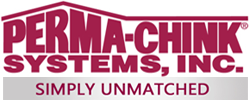 Perma-Chink Systems, Inc
Log & Timber Home Care Experts
Perma-Chink Systems, Inc
Log & Timber Home Care Experts
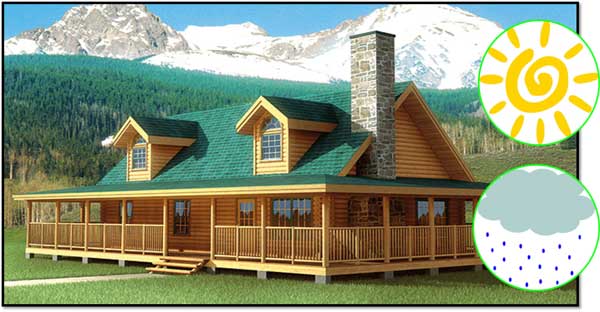
Sunlight offers life to Earth, yet also be one of the most damaging objects in our world. While we relish the warmth from the sun and we love the summertime fun, the sun’s ultraviolet rays damage any surface that isn’t protected. For humans, we get protection from clothing and sunscreen. But for your log home, what does it get? What can be done to lessen weathering brought on by UV light?
Given enough time, the sun and environment will eventually wear down any exterior finish whether it is latex paint, oil-based stain, or a semi-transparent finish. The goal is to prolong the life of the wood as long as possible through a combination of home design and protective log finishes.
Beauty is a Duty.
Your log home manufacturer built you a beautiful home. Now it is your duty to finish it with the best log home products to highlight and preserve that beauty. Let Perma-Chink Systems offer you the world-class stain and finish brand: Lifeline Ultra.
Simply Unmatched.
The benefits of Lifeline Ultra are endless, but here are some points that differentiate the Lifeline brand from others.
CHEMIST'S CORNER: Can All Wood Species Be Prepared the Same Way, Using the Same Cleaning Products?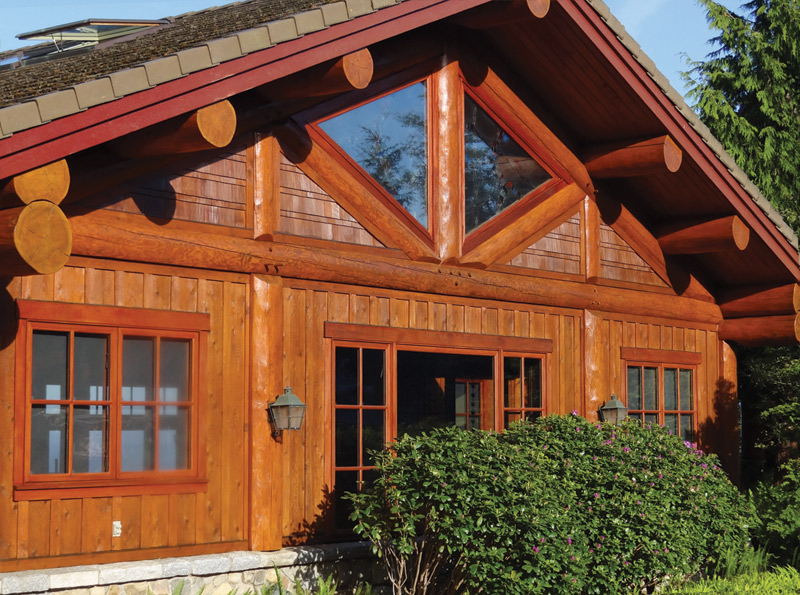
The obvious answer to this question is NO. Although all wood species contain many of the same components - including cellulose and hemicellulose and minor amounts of extraneous materials - it is the wood extractives that differentiate wood species from one another. That's why we developed Cedar Wash.
This Custom Luxury Timber Home Is Draped In Perma-Chink Systems Ultra-7 And Advance Satin
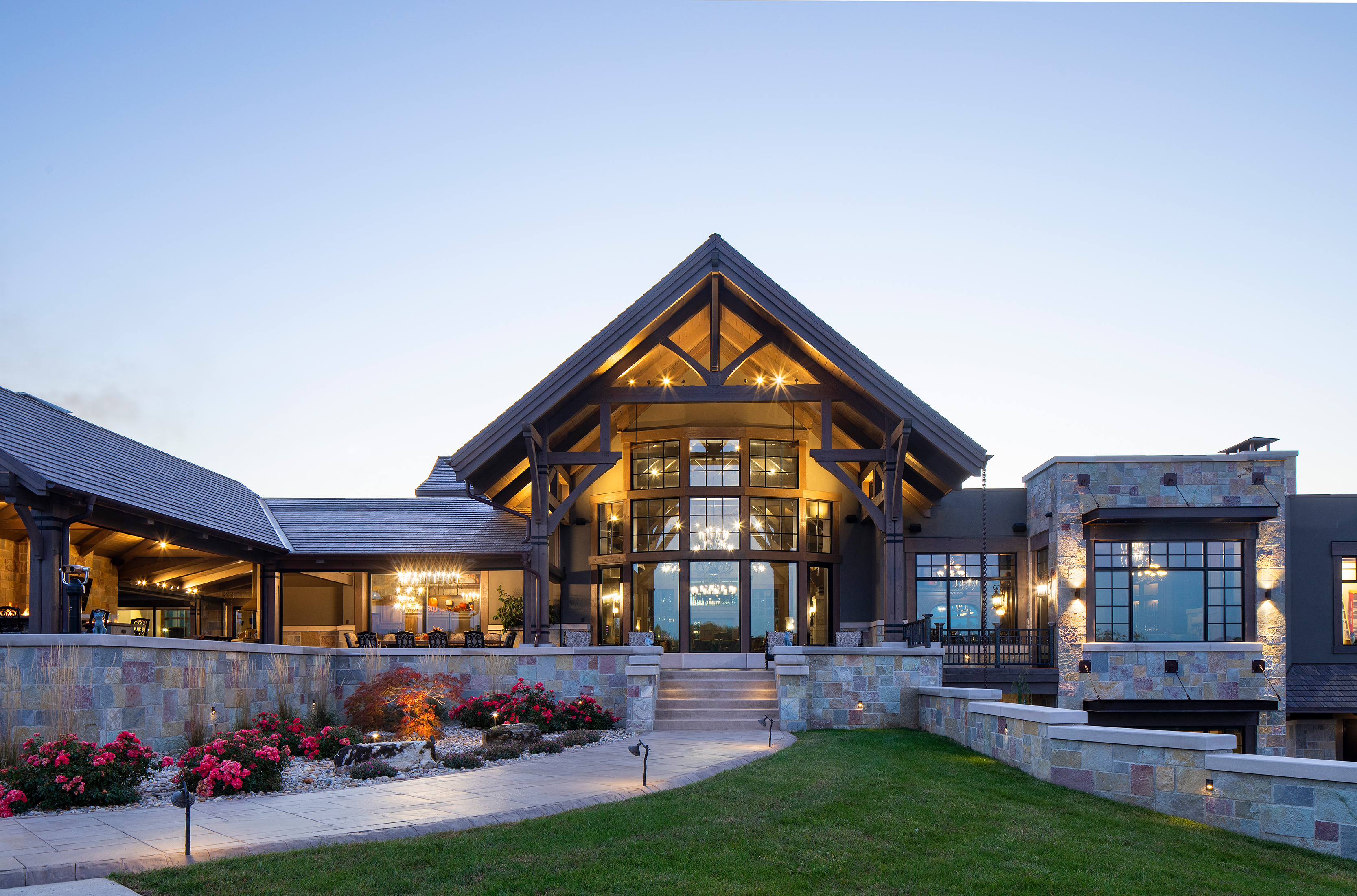
This extraordinary custom timber frame home was designed by Jan Donelson with Timberland Design and Hearthstone Homes, in TN. Hearthstone Homes feature an unmatched ability to create any imaginable style of custom, luxury, handcrafted Heavy-Timber or Log-Based Home. Timber framing is a noble type of construction that utilizes exacting variations of mortise-and-tenon type joinery and massive timbers to form the framework of a building. Note Hearthstone's signature 'antique weathered' texturing on the Doug Fir Timbers
Built By Alpine Log Homes - Protected By Perma-Chink Systems
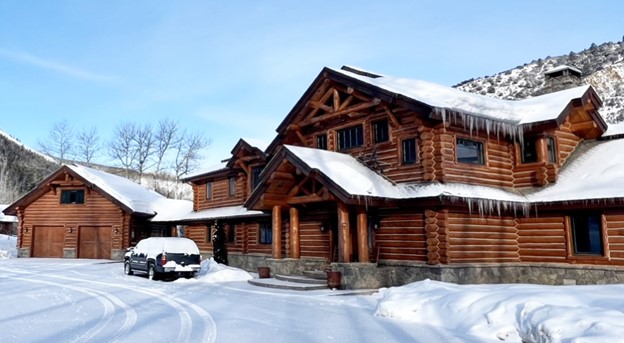
Protecting a Treasure for Over Two Decades
Those of us that have been in the industry for 20 or more years will remember. Alpine Log Homes was one of the industry leaders in the design and building of handcrafted log homes. For example, this beautiful home in the mountains of Glenwood Springs, Colorado was built by Alpine Log Homes 22 years ago. I know you would prefer to see a photo with spring flowers and green leaves by now, but it is a reality of the Colorado mountains - they have snow in April! Yes, the photo above was taken in early April of 2023. Indeed, the winters in the Colorado mountains can be long and present extreme conditions for any home. But it is not just the winter months that pose challenges to log homes. This log home experiences on average 12+ feet of snow a year but it also sees on average 320 days of sunshine a year, which presents extreme UV conditions being located at an altitude of 8,100 feet.
Will the Products Last Against Colorado's Extreme Weather?
Trusting in the products to protect the home from such extreme conditions, in 2003 the exterior of this home was stained with Lifeline Ultra-2 Bronze and Advance Gloss topcoat. Two coats Ultra-2, one coat Advance to start with, and with little maintenance done since this home was built, looks as great as it did the year it was first stained. What a great testimony to Lifeline stains and finishes. This beautiful finish has weathered the environment for over 20 years!
Perma-Chink Systems Products Used: Lifeline Ultra-2, Advance Gloss, Perma-Chink, EnergySeal, Log End Seal, Lifeline Interior, and Lifeline Acrylic.
Perma-Chink Systems History Over 40 Years
The Beginning
In 1980 my neighbor told me about building a log home in Eastern Washington. He said that he loved the home and the lifestyle but was disappointed that with the wind constantly blowing and harsh cold winters, there was no real effective way to seal the gaps between the logs. The house leaked air and heat, and wind-driven rain literally came right through the walls.
He tried various caulking materials with little success. Caulking around a bathtub or sink was significantly different from ‘caulking’ literally miles of seams between logs in a log house. After a number of conversations and experiments, it became apparent that there was no readily available product that could seal the gaps, look like authentic chinking, and last more than a few months.
After literally months of trial and error, it became apparent that if we were going to design a material that would be acceptable, we would have to design it ourselves.
Before you apply coatings to interior surfaces, always thoroughly wash them with a recommended cleaning solution. Log Wash is made for this purpose and should be used as follows:
Mix 1/2 cup of Log Wash Concentrate in a pail with one gallon of warm water. Apply the Log Wash solution to the wall with a rag or sponge. Allow the solution to remain on the wall, keeping it wet for at least 10-15 minutes. Using a clean rag or sponge and a pail of clean water, wipe the Log Wash solution off of the surface. Frequently rinse the sponge or rag in the pail of water and frequently exchange the water in the pail with clean water.
To make sure you have the correct amount of finish, read this Tech Tip on determining square footage, as log homes are built in various layouts which all affect square footage.
Projects can be daunting if you have limited or no experience. You gain experience by doing, and getting expert advice when you need, whether it's before the project, during, or after. Our customer service exists to help all log home owners get the best results using the best products for their log or timber home.
One recent homeowner project done by our customer Beth H. required removing the old finish and sealant, then restoring the home with Lifeline Ultra-2 Natural and Energy Seal in Cedar. Lifeline Advance Gloss topcoat encapsulated the wood, ensuring a long-lasting finish and great look.
The Beginning of A Dream
Judy MacKnight retired as a school teacher and was pursuing an active interest in hiking and backpacking when she discovered the timeless link to our past represented by the Appalachian style log structures located in Cade’s Cove of the Tennessee Smoky Mountains National Park. Later her adventures would take her to the western United States where she observed that log homes and the people who lived in them was representative of the enduring American values of independence and self-sufficiency. Those qualities struck a resolute tone and she began to dream of living in a log home.
When Perma-Chink log home chinking arrived on the log home scene over forty years ago, it revolutionized the industry in the best way possible. We developed a log home sealant that replaced and outperformed traditional mortar chinking.
Perma-Chink Log Home Sealant stretches with log movement and is vastly more flexible than the cement-based chinking of old. When log home builders and owners want the best log home chinking, what they really want is the best log home sealant: Perma-Chink.